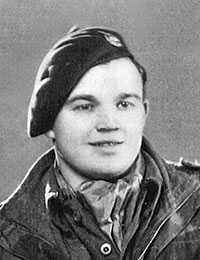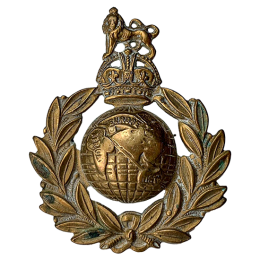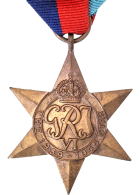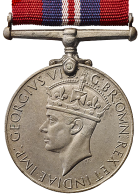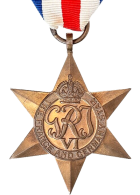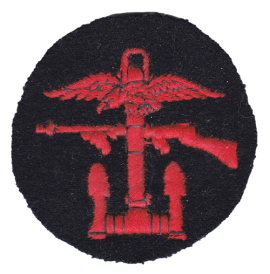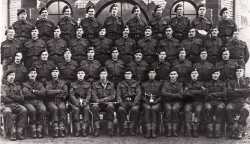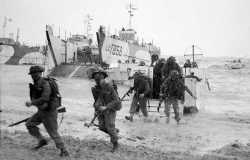Operation Neptune, famously known as D-Day, was the inaugural mission of No.47 (Royal Marine) Commando. On 6th June 1944, they embarked on their first operation by landing at Gold Beach near Asnelles at precisely 09:50 hours. Jack awas assigned to S - Troop. Tragically, five of the Landing Craft Assault vessels carrying the Commando were destroyed by mines and beach obstacles, resulting in the loss of 76 out of the 420 men in the unit. These casualties hindered No. 47's progression towards their primary target, the port of Port-en-Bessin. After departing from the beaches in the afternoon, they valiantly fought their way through La Rosiere and established defensive positions around Escures to spend the night, preparing for their planned assault on Port-en-Bessin scheduled for the following day, 7th June.
The capture of Port-en-Bessin, code-named Operation Aubery, held immense significance for the Allied forces as it was intended to serve as the primary port for supplying fuel to Normandy until Cherbourg could be liberated. On 7th June, at 16:00 hours, with the support of naval gunfire, No.47 (Royal Marine) Commando initiated their assault on Port-en-Bessin, engaging in intense combat that extended into the following afternoon. Eventually, the objective was seized after fierce fighting. By 8th June, No. 47's strength had been reduced to 19 officers and 259 other ranks.
Subsequently, the brigade received orders to relocate to the Douvres-la-Délivrande area and later moved east of the Orne River to reinforce the 6th Airborne Division. On 11th June, as part of the reshuffling, the 4th Special Service Brigade took over the positions previously occupied by the 12th Parachute Battalion. No. 48 Commando occupied Hauger, while No. 47 was held in reserve at Ecarde. Additional personnel were deployed from a commando stationed in the United Kingdom, bolstering No. 47's numbers to 23 officers and 357 other ranks. The Commando engaged in various tasks, including patrolling, constructing minefields, and erecting barbed wire defenses.
On 18th June, No. 47 handed over their responsibilities to No. 46 Commando and relocated to the Sallenelles to Orne bridge road, where they remained in reserve. They spent a week in this role before assuming control from No. 46 Commando once again.
